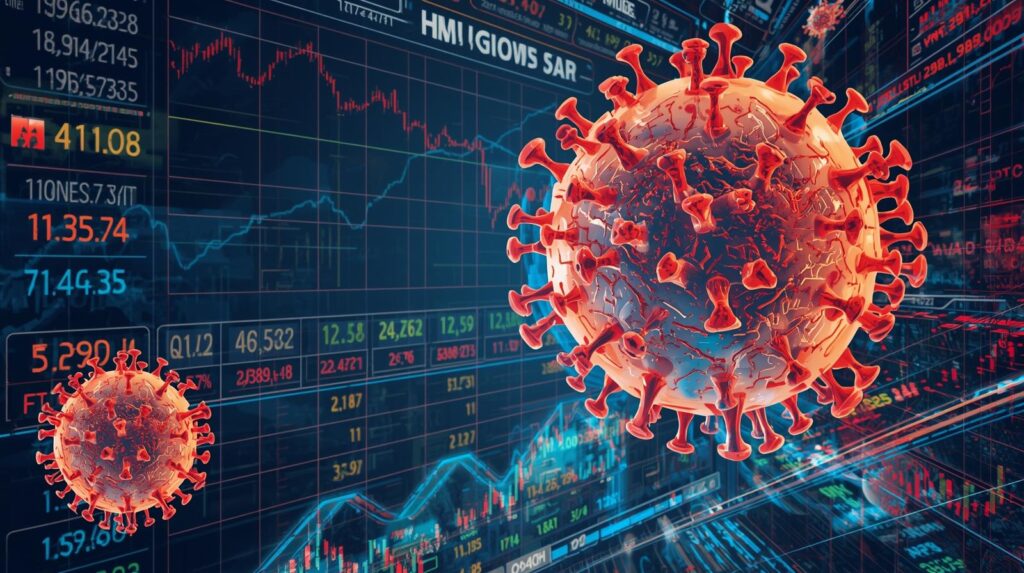Connectivity and Enformatics

The building block of life is no longer the atom, but enformatics. But how? What are the scientific foundations for this? How has connectivity fueled this information that we call it ” we have” ? Let’s think back 30 years. What was our life like? What was happening in everyday life? How did people evolve ? All of this leads us to one point: Connectivity and Enformatics
In the past, knowledge was sacred. Now, processing and transforming knowledge has become more sacred. Looking back at history, knowledge was quite inaccessible to societies and individuals.
Knowledge was not something that could be touched and possessed anytime, anywhere. It was more of a social tool found and used in higher hierarchical layers. Over time, as the movement of information from these layers downwards increased, it became more widespread and easily accessible.
Acquiring the information that high-level individuals in society possessed through certain tools and methods, and which was considered sacred in life, was the key to transforming life.

In the past, small amounts of information could be swallowed whole and were sufficient to meet individuals’ needs. However, over time, the volume of information has increased. Therefore, the digesting of this amount of information has become vitally important.
Processed information and filtered pieces of information have become even more critical than information itself. As time expanded individuals’ capacity, their thirst for information diminished; but the nutritional value of information became more important. It has impact on the body and mind began to be discussed more.
Now, rather than simply accessing and obtaining it, what we choose from the infinite amount of existing information and how we use it has become critically important.
Connectivity and Enformatics: Circulating Information Cocktails

Let’s take a look at the science of interconnectedness, highlighted by Prof. Dr. Türker Kılıç. He is one of Turkey’s leading scientists who has been working on it for years. He is Inspired by Spinoza, Türker Kılıç’s research, which looks at life through a new mental paradigm, caught my attention and has been a topic I have been following for a long time.
Life consists of intertwined information codes.Transforming the web of life, or being transformed by it, occurs through beneficial and detrimental connections. Meanwhile, the difficulty of discovering how the brain produces the mind is the most important question. Antonio Damasio discovered that cortical columns inside brain emerges as new perspectives to brain science.
The Texas Institute also has advanced studies on this subject. In particular, theses and approaches regarding the use of our brain’s reference frames in the storage of information make the subject even more interesting.
Just as processing information has become more important than information itself. By the time, it has become crucial to focus on the relationships between the parts that make up the whole rather than examining the whole itself. Evidence that the building blocks of life are based on interconnectedness rather than atoms is growing daily.
Mathematical models derived from brain research show us how continuously flowing and circulating cocktails of information move along an invisible thread in the design of life for transformation.
Neuroscience and Artificial Intelligence Effects in the 21st Century

When we look at the fractal patterns of the mind (we see how information emerges), we notice that connectedness shapes our mind by sensory informatios and produces. After that , we call this process as the meaning and understanding mechanism.
We discover that what concretizes information and adapts it to the outside world is related to relational connections rather than a holistic view.
In this sense, the way pathways in the brain move and relate to each other when learning a new language proves that information is more of an operational and relational structure than mere knowledge. At this point, information, or what we call compiled pieces of knowledge, becomes even more important.
In particular, the statements and explanations of Prof. Dr. Andrew Huberman from Stanford support this view. The emergence of a new way of thinking (shaped by topics such as new neuron formation, epigenetics, and neuroplasticity) has gained popularity and respect in recent years.
The highly adaptable nature of our nervous system offers us interesting observations about how chemical cocktails can come together to create transformation under the right conditions (along with environmental conditions, of course, given the transformative nature of the environment on the human mind).
Rare Cases & Specific Conditions
For example, auditory corte takes over some of the functions of the visual cortex in blind people. This is a tremendous example of all these networks and structures. It is quite surprising that neuroimaging studies reveal that a woman who was born blind has better hearing and touch functions in the same cortex despite functional loss related to vision in her visual cortex.
These studies show how our brain represents and processes the body plan we possess. The fact that our brain can specialize through experiential and reference maps. This is why it gathers and organizes the pieces of information to extend in all directions through a networked approach, is quite complex and remarkable.

I would like to mention a book that is the subject of tremendous clinical experiments and analyses, particularly regarding synesthesia studies. The book is called The Man Who Tasted Words. This book presents us with incredible examples that astonishingly reveal the strange and magnificent nature of our senses and how our senses are processed in our minds and transformed into pieces of information.
Connectivity and Enformatics: A Study That Could Change Everything

Fruit Flies in a chemical solution as I mentioned in my article on Habit Mathematics, the mathematics of behavior and decision-making provides us with some answers to the question of what life is. Mathematics is actually quite helpful to us in this regard.
At least, I feel that we are approaching some insights. A very interesting study offers us the potential to change everything. Scientists examine the connections between billions of neuron groups every day.
One of these studies, published in Nature magazine, broke new ground. I am referring to scientists mapping the brain of a fruit fly. This study showcases the splendor of connectivity science. How can the human brain resemble that of a fruit fly so much?
Scientists used artificial intelligence to take 21 million photographs of the fruit fly’s brain which was sliced into 7,050 sections, to create comprehensive maps.
They discovered 140,000 neurons in the brain of a fruit fly which is as small as a seed, and found that these different types of neurons have nearly 55 million synapses. All of this is incredible, isn’t it?
Everything from all these studies and hypotheses to experimental analyses provides us with meaningful data that life takes shape in the form of interconnected information encodings and that the particulate and relational movement of information will create incredible transformations.
A deep puzzle, a scientific deconstruction, is pushing open the doors of the science of interconnectedness and reminding us of the infinity of information encodings.


